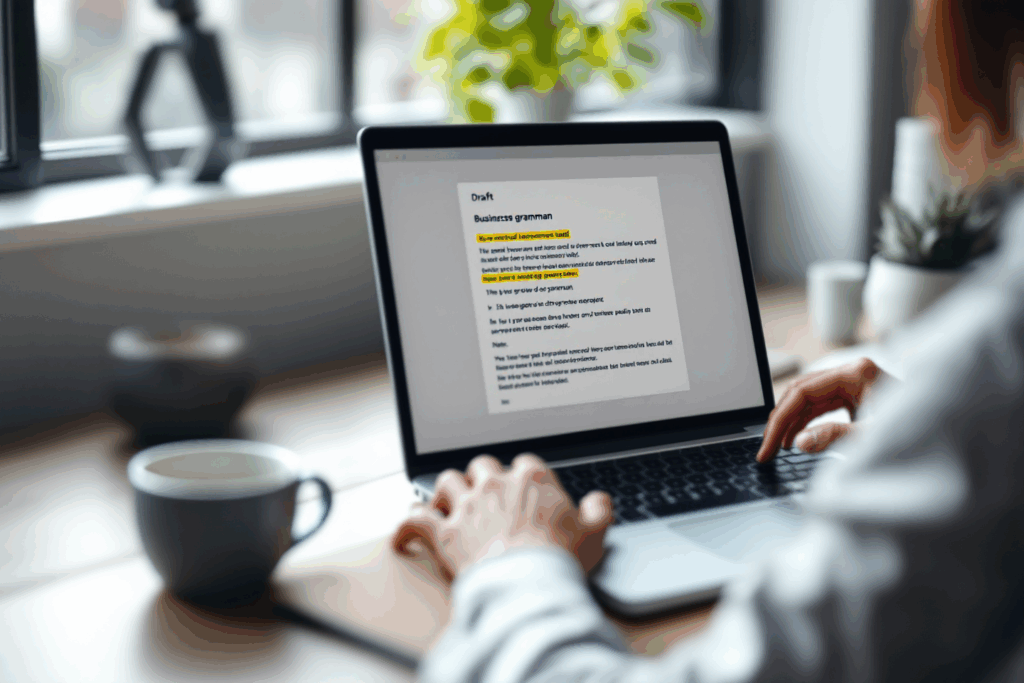
Present Simple Tense 1
English Blogs “Let’s Learn, Explore, and Connect to the World” Present Simple Tense 1 I. Introduction to the Present Simple Tense in English Mastering the


Effectively using the present continuous tense involves not only making affirmative statements but also asking questions and forming negatives. This section will guide you through these essential aspects.
Questions in the present continuous tense are formed by rearranging the sentence structure to place the form of ‘be’ (am, is, are) before the subject, followed by the verb in its -ing form.
Examples:

Am I speaking too fast?

Is she eating her lunch?

Are they watching the movie?
These questions are ideal for inquiring about actions in progress or current situations.
For yes/no questions, the structure remains the same, and short answers usually involve the appropriate form of ‘be’ (am, is, are).
Examples:

Question: Are you learning English?
Short Answer: Yes, I am. / No, I’m not.

Question: Is he working today?
Short Answer: Yes, he is. / No, he isn’t.
To make negative sentences in the present continuous tense, ‘not’ is added after the form of ‘be’ and before the verb-ing.
Examples:

I am not (I’m not) reading that book.

She is not (isn’t) coming to the party.

They are not (aren’t) playing football right now.
These negatives are used to deny actions or situations that are happening at the moment or to negate temporary situations.
Incorrect Verb Form: Ensure the main verb ends in -ing. For example, “He is cook” is incorrect; it should be “He is cooking.”
Misplacing ‘Not’: Remember that ‘not’ should follow ‘am’, ‘is’, or ‘are’. A common mistake is placing it after the main verb.
Overuse in Inappropriate Contexts: Be cautious not to overuse the present continuous for situations that are permanent or habitual, which require the present simple tense.
Conclusion
 Understanding how to correctly form questions and negatives in the present continuous tense is crucial for effective communication. It allows for a more dynamic and varied expression, essential in both spoken and written English. In the next section, we will delve into practical tips for using this tense and common mistakes to be aware of.
Understanding how to correctly form questions and negatives in the present continuous tense is crucial for effective communication. It allows for a more dynamic and varied expression, essential in both spoken and written English. In the next section, we will delve into practical tips for using this tense and common mistakes to be aware of.

English Blogs “Let’s Learn, Explore, and Connect to the World” Present Simple Tense 1 I. Introduction to the Present Simple Tense in English Mastering the

English Blogs “Let’s Learn, Explore, and Connect to the World” Present Simple Tense 2 II. Understanding the Present Simple Tense Definition and Structure At its
Explore the world confidently with ‘Travel English’ by Allison Kate, a comic-style guide full of essential conversations and tips for every traveler. Speak English with ease in airports, hotels, and more!



